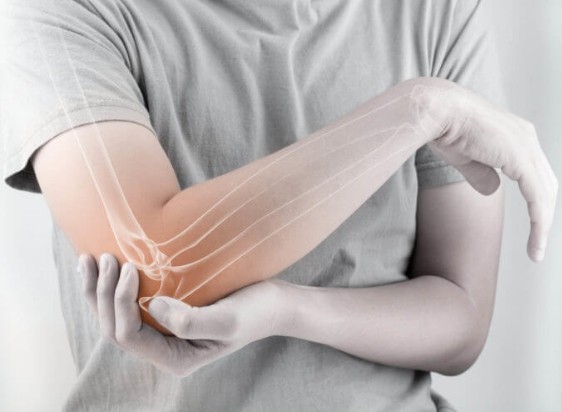Tendinitis, an inflammation or irritation of a tendon, can cause significant discomfort and hinder daily activities. Whether it affects the elbow, shoulder, knee, or wrist, early and effective management is crucial. Dr. Jason Pirozzolo, a leading figure in musculoskeletal health, highlights the importance of rest, ice, and gradual return to activity as core strategies for treating tendinitis. “Many people underestimate the power of rest and proper care in resolving tendon injuries,” says Dr. Pirozzolo.
Most importantly, rest is essential to allow the affected tendon to heal. Overuse is a common cause of tendinitis, and continuing repetitive motions can worsen the inflammation. Dr. Pirozzolo advises, “Listen to your body. If you’re experiencing pain, give your tendon the break it needs.” This doesn’t mean complete immobility; gentle, pain-free movements can maintain joint flexibility and circulation.
Ice therapy is another cornerstone of treatment. Applying a cold compress or ice pack for 15-20 minutes several times a day reduces swelling and numbs acute pain. Dr. Jason Pirozzolo explains, “Ice therapy is simple yet highly effective. Just ensure you’re using a cloth barrier to protect your skin.” Alternating ice with heat after the acute phase can further improve blood flow and promote healing.
Besides that, returning to activity gradually is key. Rushing back to normal routines can reignite inflammation and delay recovery. Instead, slowly reintroduce activities with modifications to reduce strain on the tendon. For example, if you’ve experienced tennis elbow, focus on lighter weights and controlled movements before resuming more intense activities. “Patience during recovery leads to long-term results,” Dr. Pirozzolo emphasizes.
Stretching and strengthening exercises also play a critical role in rehabilitation. Gentle stretches prevent stiffness, while strengthening the muscles around the tendon provides better support. Dr. Pirozzolo recommends specific exercises tailored to the affected area. For Achilles tendinitis, calf raises and toe stretches work wonders. For shoulder tendinitis, resistance band rotations are ideal. He advises, “Work with a physical therapist to ensure proper form and avoid overloading the tendon.”
A healthy lifestyle accelerates recovery. Maintaining a balanced diet rich in anti-inflammatory foods, such as salmon, walnuts, and leafy greens, supports tendon repair. Hydration is equally important, as tendons require adequate water content for flexibility and resilience. Dr. Jason Pirozzolo notes, “Proper nutrition and hydration are often overlooked but essential components of recovery.”
Therefore, addressing posture and ergonomics is vital for preventing future flare-ups. Poor posture or improper workstation setups often contribute to tendinitis. Ensure your workspace is ergonomic, with the screen at eye level and your arms supported. Dr. Pirozzolo advises taking frequent breaks to stretch and avoid prolonged repetitive motions.
When pain persists despite conservative treatment, advanced therapies may be necessary. Options like platelet-rich plasma (PRP) injections or corticosteroid shots can reduce inflammation and promote healing. Dr. Pirozzolo cautions, “These treatments are effective but should complement, not replace, foundational methods like rest and exercise.” Surgery is rarely required but may be considered for severe or chronic cases unresponsive to other interventions.
Mental health and stress management also play a role in recovery. Chronic pain can lead to frustration or anxiety, which may worsen symptoms. Incorporating relaxation techniques such as meditation or deep breathing can alleviate stress and support the healing process. Dr. Jason Pirozzolo reminds us, “A calm mind helps the body heal.”
Prevention is better than cure. Warming up before activities, avoiding overuse, and strengthening supporting muscles can all reduce the risk of tendinitis. “Proactive care not only prevents injuries but also enhances overall performance,” says Dr. Pirozzolo.
By following these evidence-based strategies, you can recover from tendinitis and reclaim your active lifestyle. As Dr. Jason Pirozzolo puts it, “Healing takes time, but with the right approach, you’ll emerge stronger and pain-free.”
For expert advice on sports and orthopedic injuries, recovery strategies, and cutting-edge treatments, follow Dr. Jason Pirozzolo for insights into the latest developments in sports medicine and orthopedic medicine. You may also visit a Key West orthopedic clinic for more information.

